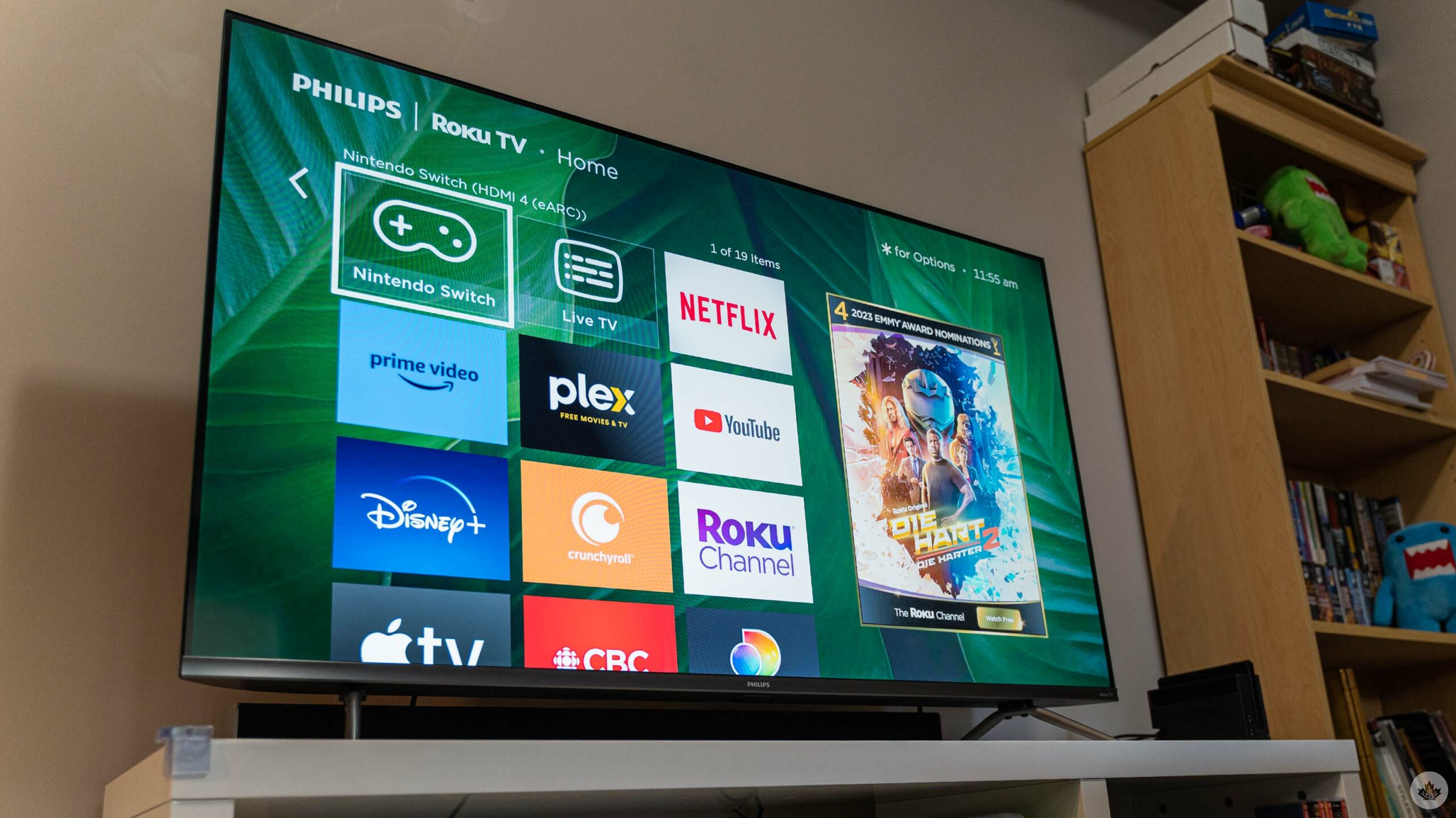Roku, the popular streaming platform, is set to introduce more advertisements to its home screen, a move that may alter the viewing experience for its numerous users across Canada and beyond. During a recent earnings call, Roku's CEO, Anthoney Wood, revealed plans to make significant changes to how advertisements are displayed on the platform, signaling a new direction in the company's advertising strategy.
At the heart of these changes is the replacement of the large ‘Marquee' ad that currently occupies a prominent position on the right side of the home screen. This space will soon be taken over by a video ad, which, based on the company's description, will be vertically cropped, likely featuring autoplay functionality. The introduction of video ads marks a significant shift from the static banners that users are accustomed to, potentially transforming the platform's look and feel.
However, Roku's plans for advertising innovation don't stop with the home screen. The CEO emphasized that the company is exploring new avenues for ad integration within other product areas. This broad approach to advertising signifies Roku's intent to maximize its revenue from ad sales, a tactic that is becoming increasingly common among digital content providers.
The move to incorporate more ads, particularly video ads, into the user interface may raise concerns among Roku users. Video ads, especially those that autoplay, can be perceived as intrusive and may disrupt the user experience. Nevertheless, as long as the advertisements are not designed as popups, they might not significantly hinder the user's navigation on the platform. For most users, the time spent on the Roku home screen is minimal, often lasting no more than a few seconds as they jump quickly to their desired content.
For Canadian Roku users, and indeed users worldwide, the introduction of more ads on the Roku platform underscores a growing trend in the digital streaming industry. As platforms search for new revenue streams in a competitive market, advertising has become a key financial pillar. While increased advertising may not be universally welcomed by users, it is a reality of the digital age, compelling users to adapt to changing content consumption landscapes.
As Roku moves forward with these changes, it will be essential for the company to balance its advertising ambitions with the need to maintain a positive user experience. How Roku manages this balance could significantly impact its popularity and user satisfaction levels in Canada and across its entire user base.





